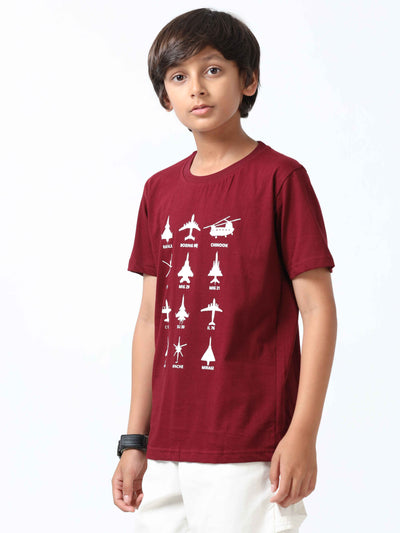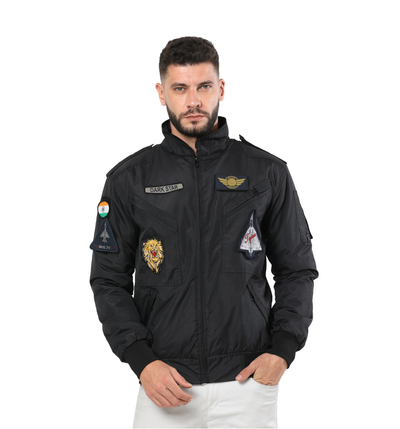Non-Refundable

The Significance of Camouflage: Understanding Its Purpose and Styles
Share
Camouflage is one of the most fascinating and effective strategies used by military forces around the world. It’s a technique that has evolved over the years, adapting to new threats and technologies while maintaining its fundamental purpose: to blend in with the surroundings and stay hidden from enemies. Camouflage is not just a color or a pattern; it’s a symbol of survival, strategy, and stealth. In this blog, we will dive deep into the significance of camouflage, its history, various styles, and its importance in the modern military. We’ll also explore how camouflage has influenced fashion and other industries, and we’ll end with an exciting activity that ties it all together.
The History of Camouflage
The concept of camouflage dates back to nature, where animals like chameleons and insects use natural colors and patterns to blend into their environment. This ability to remain hidden or undetected inspired military strategies throughout history. The term "camouflage" originated from the French word "camoufler," meaning to disguise or hide.
The first formal use of camouflage in the military began during World War I, when new weapons like airplanes and long-range artillery made it easier to spot troops from a distance. The French Army was the first to establish a specialized unit of camoufleurs (camouflage artists) to create disguises for soldiers and equipment. Soon after, other countries followed suit, adopting various patterns and techniques to conceal their forces.
The Purpose of Camouflage
At its core, camouflage serves one primary purpose: to provide concealment. By blending into the environment, soldiers and equipment are harder to detect, giving them a strategic advantage. However, camouflage also has other important functions:
1. Deception
Camouflage can be used not only to hide but also to deceive the enemy. By altering the appearance of vehicles or structures, the military can create the illusion of something that isn’t there, such as a fake military base or an empty field.
2. Protection
Camouflage also offers protection by reducing the visibility of soldiers, making them harder targets. This is especially important in combat scenarios where being spotted could mean life or death.
3. Psychological Advantage
Camouflage can play a psychological role by instilling fear or uncertainty in the enemy. When opposing forces know they are up against a well-camouflaged opponent, it increases their anxiety and uncertainty, often leading to mistakes.
Different Styles of Camouflage
Camouflage has evolved into several distinct styles, each designed for specific environments and tactical needs. Understanding these styles helps explain why they are so effective in different settings.
1. Woodland Camouflage
Woodland camouflage is one of the most well-known styles, often associated with dense forests. It features greens, browns, and blacks to mimic the shadows and textures of a forested environment. Woodland camouflage is ideal for ground forces operating in forested areas.
2. Desert Camouflage
With the increasing number of military operations in desert regions, desert camouflage was developed to blend with sandy, arid environments. This style typically features light tans and browns. The U.S. military used the "Chocolate Chip" pattern during the Gulf War, which was later replaced by the more effective "Desert Camouflage Uniform" (DCU).
3. Urban Camouflage
Urban camouflage is designed for use in cities or built-up environments where grays, blacks, and other neutral colors dominate. This style is often used by special forces or units operating in urban warfare scenarios, blending with the concrete, steel, and asphalt surroundings.
4. Snow Camouflage
In snowy environments, white and light gray camouflage is used to blend in with the snow-covered terrain. This type of camouflage is essential for soldiers operating in Arctic or mountainous regions. It can also be used to mask equipment and vehicles in cold-weather environments.
5. Digital Camouflage
Digital camouflage, also known as pixelated camouflage, was developed to improve concealment by breaking up the human silhouette more effectively. It uses a grid of small, square pixels in various shades to create a pattern that disrupts visibility at different distances. The U.S. Army’s Universal Camouflage Pattern (UCP) and the Marine Corps’ MARPAT are examples of digital camo.
6. MultiCam
MultiCam is one of the most versatile camouflage patterns used today. It was designed to work in various environments, from deserts to forests and urban areas. Its combination of greens, browns, and tans makes it adaptable, allowing soldiers to blend in across different terrains without needing to change uniforms.
Camouflage in Fashion and Pop Culture
Camouflage has not only remained a critical military tool but has also made its way into fashion and popular culture. Camouflage prints have become a popular fashion trend, appearing in everything from jackets to bags, shoes, and accessories like stud earrings for women. The pattern, once associated solely with the military, now symbolizes rebellion, strength, and street style.
1. Camouflage in Accessories
Camouflage has found its way into smaller accessories such as air force keychains and military keychains, giving everyday items a rugged, tactical look. These items are not only functional but also serve as stylish reminders of military history and strategy.
2. Camouflage in Jewelry
The pattern has also influenced jewelry design. Stud earrings featuring camouflage prints or military symbols are a popular fashion choice. For women who want to incorporate a subtle military edge into their outfits, stud earrings for women offer a perfect blend of style and symbolism.
The Evolution of Camouflage Technology
As warfare and military technology advance, so too does the science behind camouflage. Modern camouflage uses cutting-edge materials and techniques to enhance concealment.
1. Infrared Camouflage
With the rise of infrared and thermal imaging technologies, traditional camouflage became less effective. To counter this, militaries have developed infrared-resistant materials that absorb or reflect infrared light, making soldiers and vehicles harder to detect with thermal imaging devices.
2. Adaptive Camouflage
One of the most exciting developments in camouflage technology is adaptive camouflage, which changes color or pattern to match the surrounding environment in real-time. This technology is still in its experimental stages, but it holds the promise of making soldiers nearly invisible across a wide range of environments.
Activity: Create Your Own Camouflage Pattern
Now that we’ve explored the different styles and purposes of camouflage, let’s put that knowledge to the test with a fun activity! This is a great way to understand how camouflage works in different environments.
Step 1: Choose Your Environment
Pick an environment where you would need camouflage. It could be a forest, desert, snow-covered area, or urban setting.
Step 2: Design Your Pattern
Using colored paper, markers, or a design tool on your computer, create a camouflage pattern that would help you blend into your chosen environment. Think about the colors and textures you would need to mimic.
Step 3: Test It Out
If you’re doing this physically, cut out your design and place it against a backdrop similar to your chosen environment. If you’re working digitally, superimpose your pattern onto an image of your chosen environment. Does your design effectively hide or blend in? Adjust your colors and patterns as needed.
Step 4: Share Your Design
Share your custom camouflage pattern with friends and family. See if they can spot where your pattern blends in or stands out in the environment you selected.
Conclusion: Explore Military Marvel's Range of Camouflage-Themed Products
Camouflage isn’t just a tool for military personnel; it’s a symbol of strategy, survival, and style. From its early roots in World War I to its evolution into digital and adaptive patterns, camouflage remains one of the most effective ways to stay hidden in plain sight. Whether it’s being used in tactical military gear or making a statement in fashion, camouflage continues to evolve while maintaining its purpose.
At Military Marvels, we celebrate the legacy and significance of camouflage with our wide range of military-themed products. From air force keychains that remind you of the bravery of pilots to stylish stud earrings for women with a military twist, our collection offers something for everyone. If you’re looking for cool keychains, apparel, or accessories that combine functionality with military style, explore our store at Military Marvels and find the perfect gift or accessory.
Stay stealthy, stay stylish, and always be prepared with Military Marvels—where history and fashion meet in perfect camouflage.




